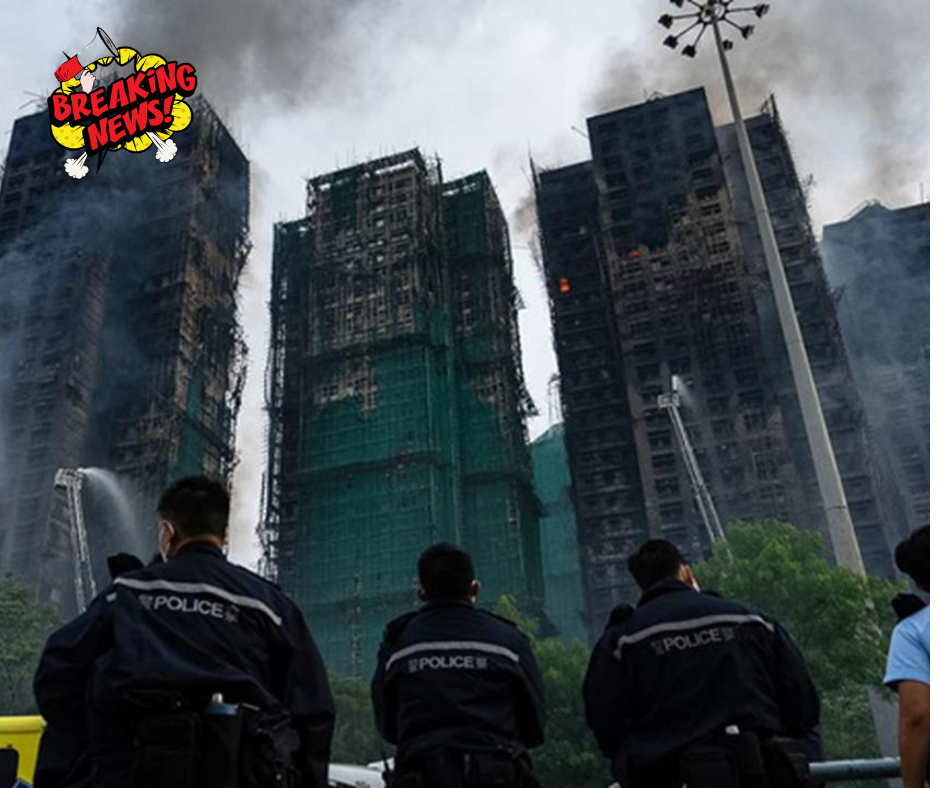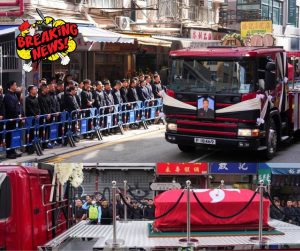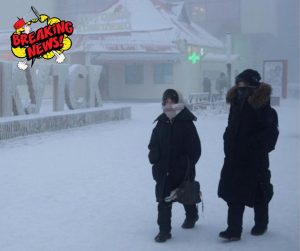
Hong Kong engulfed: High-rise inferno kills 75, dozens still missing
The death toll from the Hong Kong high-rise inferno has surged to 75, as firefighters and rescuers continue to scour through the smoldering remains of a massive residential complex where hundreds are still unaccounted for. The scale of the tragedy has shocked residents and intensified scrutiny on building safety practices.
What happened: Blaze at a densely populated estate
The fire broke out on 26 November 2025 at Wang Fuk Court, a large residential estate in the Tai Po district of Hong Kong. The complex — consisting of multiple high-rise apartment towers — was undergoing renovation, wrapped in bamboo scaffolding and netting at the time. Eyewitnesses and officials say the flames began externally, quickly spreading along the scaffolding before engulfing the buildings.
Firefighters classified the incident as a “five-alarm fire,” mobilizing a massive operation involving dozens of fire trucks and hundreds of emergency personnel.
The rising human cost and ongoing rescue efforts
As of the latest reports, at least 75 people have been confirmed dead as a result of the fire.
The scenes at the site remain grim: charred skeletons of towers, collapsed scaffolding, and corridors filled with smoke and debris — obstacles that delayed emergency access and complicated evacuation efforts.
Survivors recount harrowing escapes, often forced to knock on neighbors’ doors or yell warnings while corridors filled with smoke. Some said they never heard a fire alarm before flames erupted.
What investigators suspect: Fire spread fueled by unsafe renovation materials
Preliminary investigations by authorities have pointed to potentially flammable materials used during renovation as a major factor in the rapid spread of the blaze. The bamboo scaffolding, waterproof netting, and foam-type panels covering windows and corridors may not have met fire-resistance standards — and that lax compliance appears to have turned the renovation site into a death trap.
City leaders, including the head of the local government, have pledged immediate inspections of other housing estates undergoing renovation and signaled a potential crackdown on the use of bamboo or non-fire-resistant scaffolding.
Broader implications: A wake-up call for fire safety and housing oversight
Critics warn that the tragedy reflects longstanding issues: insufficient regulatory oversight, frequent use of outdated construction practices, and reluctance or failure to phase out hazardous building materials, particularly in renovation works across aging estates.
What’s next: Rescue efforts, investigations, and reforms
Authorities in Hong Kong have ramped up efforts to locate missing residents and identify victims, while providing temporary shelter and aid to those displaced. They have also launched a full-scale inquiry into the chain of responsibility — from contractors and developers to regulatory officials.
At the same time, pressure is mounting on policymakers to overhaul safety regulations: initial steps already discussed include phasing out bamboo scaffolding and non-fireproof materials for good, plus mandating fire-resistant upgrades for older residential buildings undergoing renovation.
For Hong Kong and other densely populated metropolitan areas, this high-rise inferno may serve as a tragic turning point — forcing a reexamination of how urban housing, renovation and safety regulation intersect.





